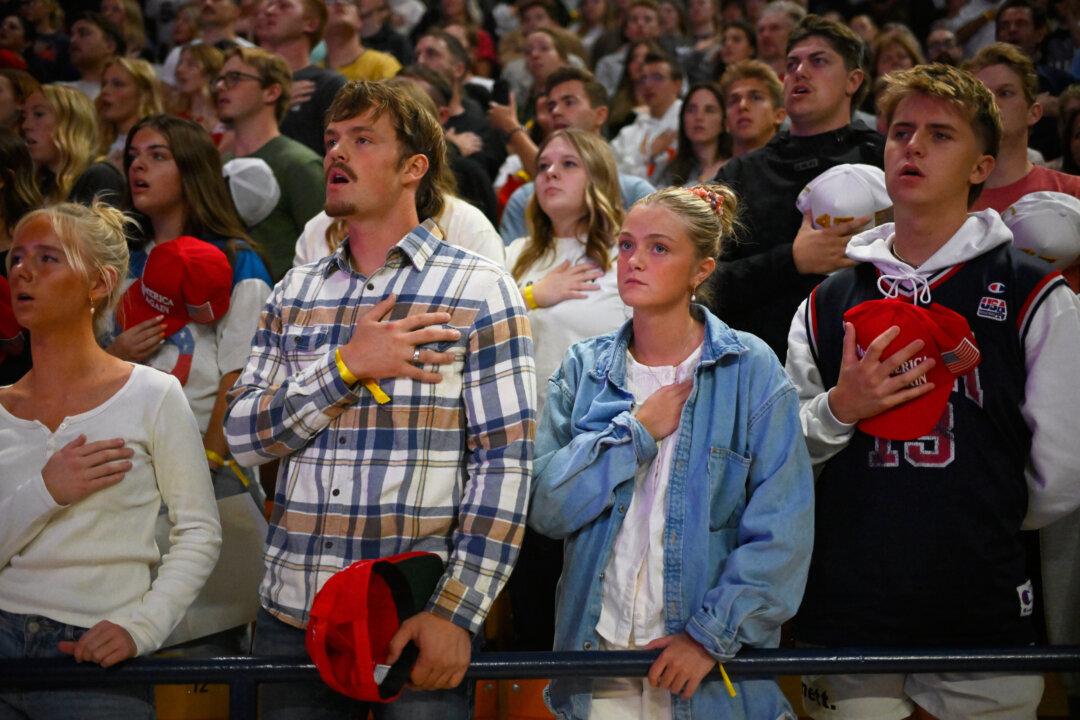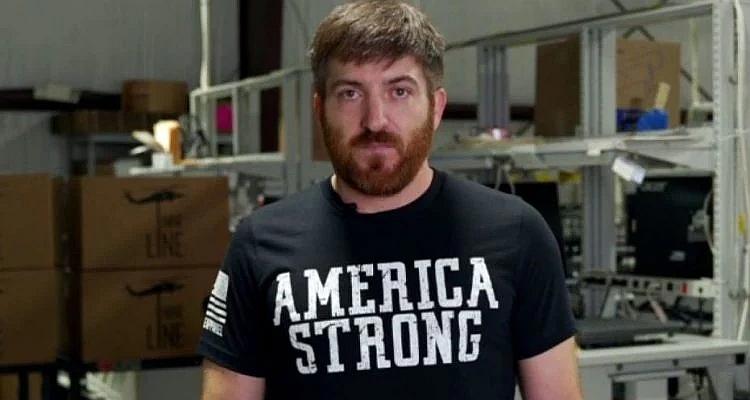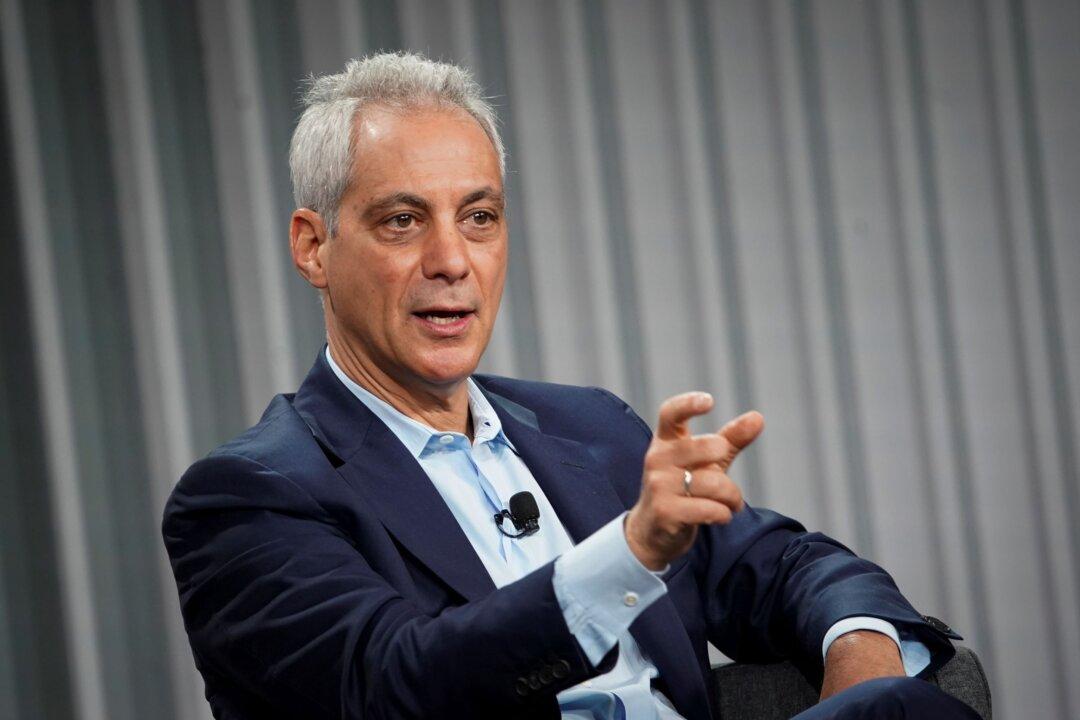Commentary
INDEPENDENCE, Missouri—The half-circle of 13 chairs that framed the statue of President Harry Truman in the heart of the historic Independence Square this past fall was placed there in the days after 13 American soldiers were killed in the attack on the airport in Kabul, Afghanistan, in late August.





